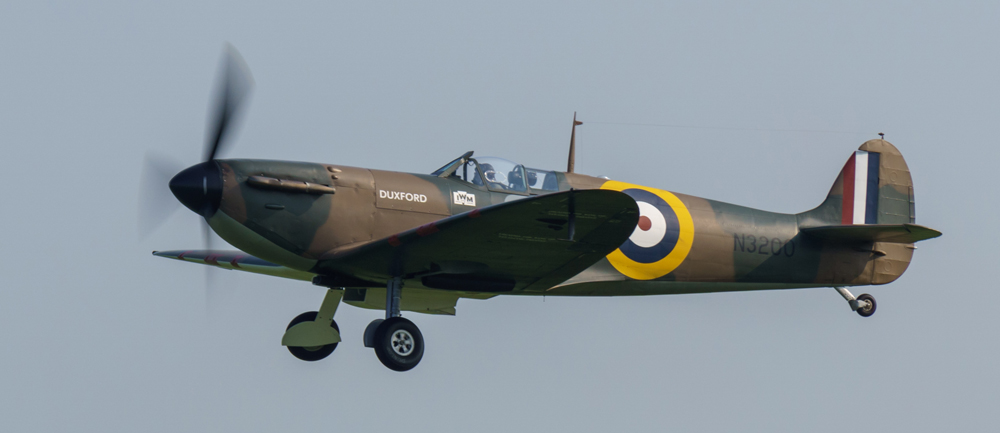First Air Raid of WWII – 4
10:08 – a Heinkel is identified, attacked and escapes
| < 3 Spitfires investigate | Δ Index | 5 A 2nd Heinkel escapes > |
At 10.08, one of the reconnaissance Heinkels was identified by lookouts on board HMS Edinburgh (it has been inaccurately recorded on numerous occasions over the years that the Heinkels were Ju88s which actually carried out the attack later that day).
The visibility was fair and the German crew was able to establish the position of several Royal Navy vessels before heading on a reciprocal course for home. It was spotted over Drem at 10.11.
Flight Lieutenant Pinkerton and Blue Section of 602 Squadron had duly arrived over their designated patrol area over the Isle of May, a desolate, rocky, island situated in the mouth of the Forth estuary, 12 miles north of Dunbar and six miles south of Crail. The old chapel was abandoned a long time ago and the only occupants at that time were the members of the anti-aircraft battery.
Pinkerton patrolled the airspace for 20 minutes before receiving orders to head south towards the coast at Dunbar. The instructions gave the section leader an inkling that something was up.
During the flight the staff at Turnhouse operations room continued to track what they believed to be an intruder and vectored the pilots to the area until they spotted a speck in the distance. As they closed it became obvious that it was an intruder and at 10.21 Pinkerton dispensed with the assistance from Turnhouse, ordered his section into line astern for a No.1 attack, and led an interception of the enemy aircraft.
As they did so the Heinkel turned 45 degrees to port and dived for the available cloud cover. Pinkerton fired 720 of the available 2,800 rounds from his eight .303 Browning machine guns from extreme range, hoping to hit the fleeing foe before it made safety.
Archie McKellar fired 1,000 rounds while Paul Webb, Blue 3, never found himself in a position from which to open fire. The 1,720 rounds fired by Pinkerton and McKellar were the first, unsuccessful, shots to be fired during air fighting over the British Isles during WWII at the start of a busy day for both the Glasgow and Edinburgh auxiliary squadrons.
Interestingly, it was also the first combat action against the enemy in which the new Supermarine Spitfire Mark 1a was involved.
 Supermarine Spitfire Mark 1a
Supermarine Spitfire Mark 1a
The Heinkel was last seen heading eastwards 20 miles east of Dunbar and later landed back at Sylt.
Blue Section, 602 Squadron, landed back at Drem at 10.44.
| < 3 Spitfires investigate | Δ Index | 5 A 2nd Heinkel escapes > |